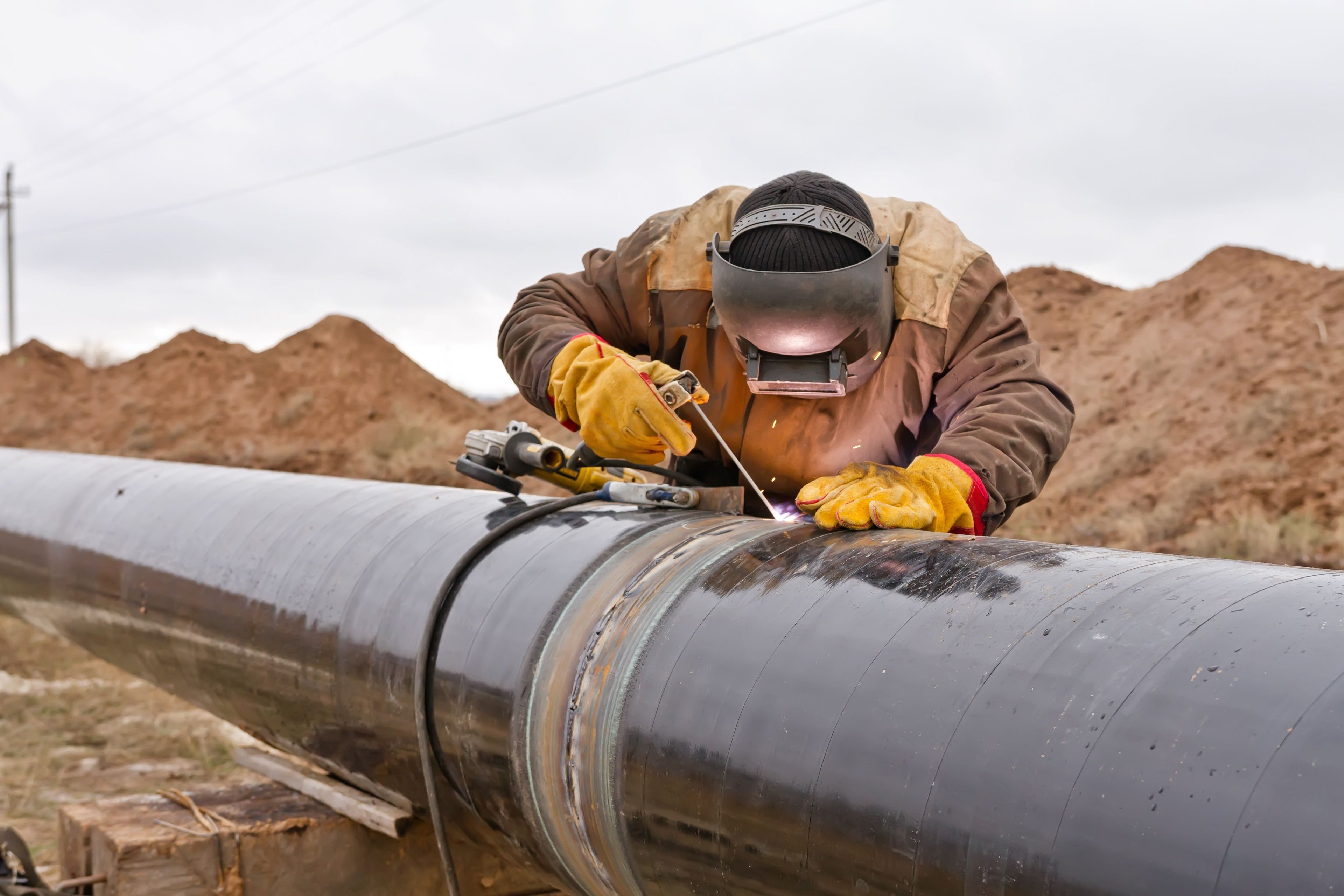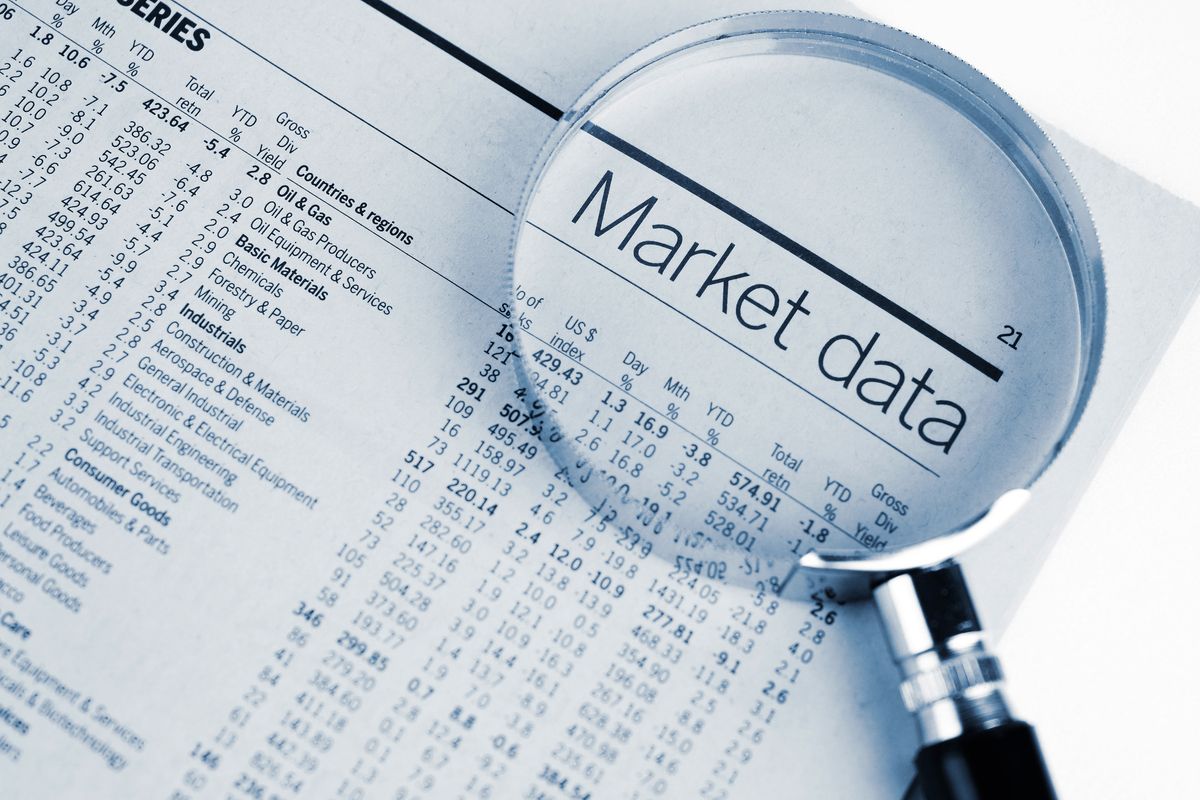
Chart is positioned to ride out the worst, and recover fast when demand picks up. Image source: Chart Industries.
Chart Industries (GTLS +0.15%) has seen its revenues fall sharply over the past year-plus as the expectations for big demand for natural gas around the world have stalled. And while the stock has fallen sharply from its highs (though it's up more than double from January's lows), the business itself continues to hold its own.
Let's take a closer look at Chart Industries' first-quarter financial results, reported on April 28. It may not be pretty, but it's far from ugly.
The numbers
| Metric | Q1 2016 | Q1 2015 | Change |
|---|---|---|---|
| Revenue | $193.8 | $245.1 | (20.9%) |
| Net income | ($4.7) | $5.2 | (188.7%) |
| Earnings per share | ($0.15) | $0.17 | (188.2%) |
| Operating cash flow | $38.2 | $0.9 | 4,144.4% |
Revenue, net income, and operating cash flow in millions. Data source: Chart Industries.
Chart Industries did report a GAAP loss in the quarter, but the company's lower operating costs, effective capital management, and timing on payments allowed it to produce positive operating cash flow in the period.
The company also saw its balance sheet hold steady over the quarter, ending with $159 million in cash and equivalents, up from $123.7 million at the start of the quarter. This result largely offset a $43 million decline in accounts receivable. Inventories increased slightly, while debt and other liabilities were up about $5 million.
What happened in the quarter
- Energy and chemicals segment sales declined 57% because of the energy downturn. CEO Sam Thomas said this same trend happens every energy downturn and is followed by a robust recovery of orders when the cycle turns.
- Distribution and storage sales increased 2% thanks to strong ongoing demand in North America, despite weakness in Asia. D&S's backlog increased $33 million as well, largely on the strength of North American demand.
- Biomedical sales decreased 8%, because of what has remained a weak North American respiratory sales business. New life-sciences products partially offset the decline in respiratory therapy sales.
- Total backlog increased to $382 million, up from $375 million at the beginning of the quarter. This result was essentially driven by D&S demand.
- The company formed Chart Lifecycle, an aftermarket service business that should drive high-margin recurring revenues. This move could add real value for the long term, helping provide better recurring revenues through all demand cycles.
What management said
CEO Sam Thomas commented on the importance of balancing short-term cost-cuts in a downturn with retaining key employees for the long-term health of the business:
Last call, we implemented a number of different cost reduction action during the first quarter. This includes the closing of satellite sales offices and headcount reductions targeted at SG&A, including executives. We continue to restructure our business to improve efficiencies and reduce costs, and we'll take further actions as necessary. At the a same time, we're retaining key employees for when market conditions improve, particularly around our engineering and project execution capabilities with E&C.
... As mentioned, we intend to retain key engineering and project execution talent throughout the cycle to ensure we can address opportunities as markets improve. As a result you will see more volatility in margins between quarters in our E&C business, but it's extremely important that we don't compromise our capabilities going forward.
Here's Thomas again, this time on the value of the company's diversity of operations and geography to support the company today while positioning it for the recovery:
"We remain confident in our long-term fundamental drivers of growth. Our industry and regional diversification gives us the ability to withstand the current energy down cycle and return even stronger."
Thomas also commented on the reality that it's impossible to predict exactly when the energy market will recover, and how Chart's leadership approaches it:
"So I don't think there's much opportunity for trying to be precise on calling the bottom, or predicting when a significant up-cycle will happen. What we do is size the business appropriately, make sure we have the capability to respond to opportunities as they occur, and focus on our ability to rapidly scale up or scale down as required, or redeploy assets and I feel good about the -- where we are in relation to that and the opportunities we see."
Looking ahead
Management held firm on its guidance for $900 million to $1 billion in sales this year, and it emphasized that the first two quarters will be weaker than the second half of the year. Thomas also emphasized that he's not comfortable with their ability to accurately predict quarterly results and that margins will be "bouncy" in the coming quarters, largely because the company is committed to retaining key employees for when the market does start to recover, and this move will affect profit margins in the near term.
He also said on the earnings call that the company continues to take other steps to improve its cost structure and is starting a consolidation of multiple facilities near Tulsa into a single facility as one example. Though there are no facilities lined up for closure at this time, they will reassess that strategy based on how the cycle plays out.
Management also said that operating cash flows for the full year will probably outpace GAAP profits all year, similar to what we saw this quarter, where cash flow was positive even with Chart reporting a net loss. This is a positive, since cash flows are critical to any company that's riding out a weak spell in demand.
It's also an indication that the steps management has taken to ride out the downturn are working. Investors should also approve of the move to hang on to highly skilled employees over the downturn, focusing on the long-term value they bring versus managing to quarterly expectations. As Thomas alluded to, it's impossible to know what next quarter will bring, or when the recovery will start. But it's clear that Chart's management is positioning the company to ride out the uncertainty, and to bounce back strong when demand does return.






